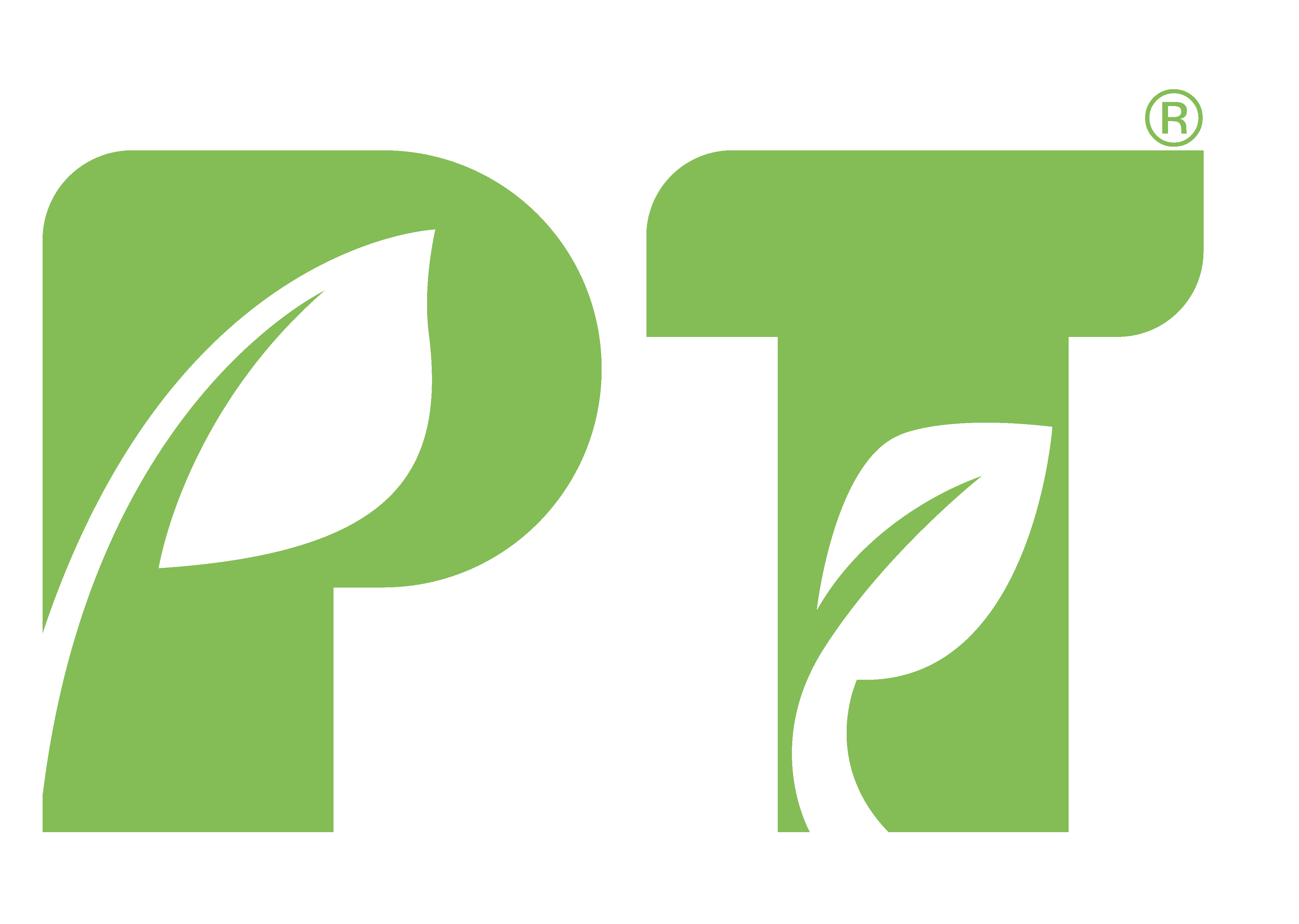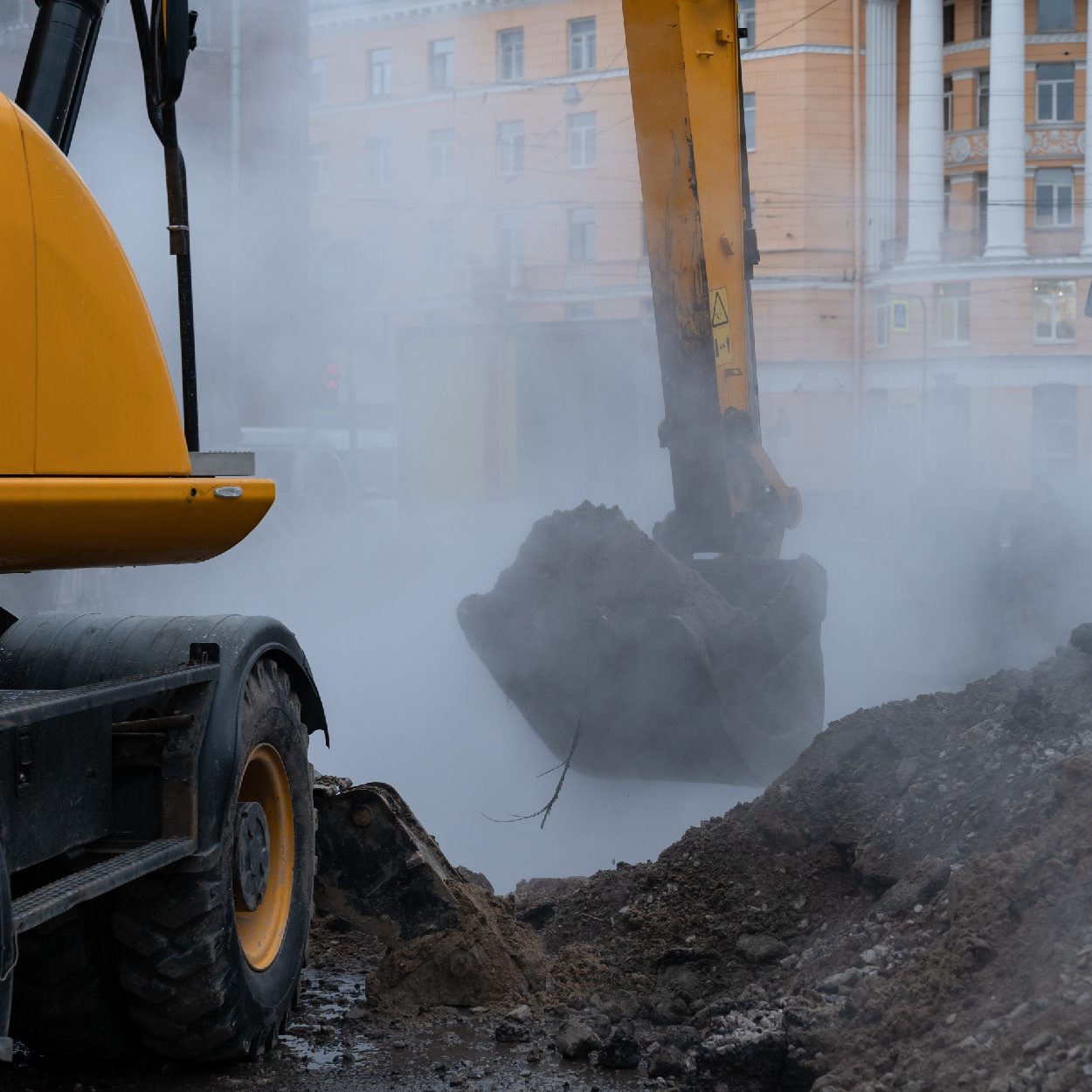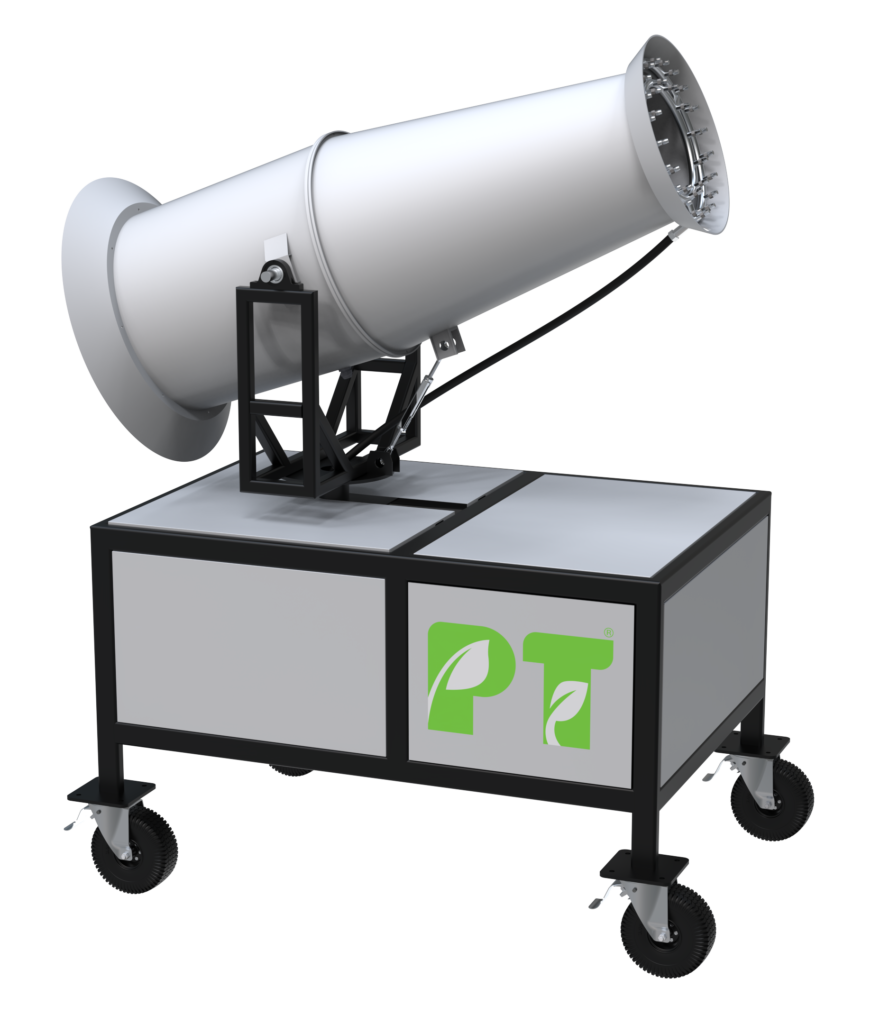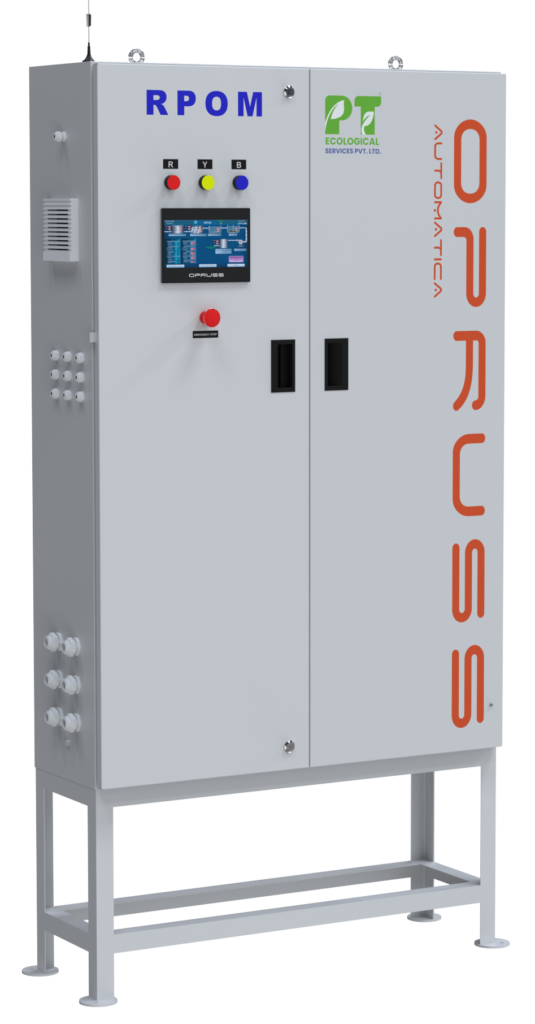A. What is DiGi SMART STP & Why Is It Important?
PT Ecological Services’ next-generation, completely automated DiGi SMART STP sewage treatment plant is built for maximum efficiency, minimal manual intervention, and low operating costs. Wastewater treatment and reuse are now required due to increased water scarcity and more stringent pollution control regulations. DiGi SMART STP is a cutting-edge, clever solution that guarantees environmental adherence, safeguards public health, and promotes sustainable industrial and urban growth. It is perfect for residential communities, business complexes, and industrial settings where energy, space, and compliance are important considerations.
B. Guidelines by Central and Maharashtra Pollution Control Boards (CPCB & MPCB)
Both CPCB and MPCB have laid down strict mandates for STP design, operation, and treated water reuse. Here’s a snapshot of the key guidelines:
| Category | Guidelines |
| Core Units | Equalization tank (8 hrs), Aeration tank (DO > 4 mg/L), Sludge Holding, Final Treated Water Tank (2-day capacity) |
| Approved Technologies | MBBR, MBR, SBR, ASP |
| Safety Equipment | Submersible pumps, Acoustic enclosures, Safety signage (“Not for Drinking”, “Authorized Access Only”) |
| STP Placement | Not allowed in the lowest basement, must be accessible and flood-resistant |
| Effluent Standards (MPCB) | pH: 6.5–9.0, BOD: <30 mg/L, TSS: <10 mg/L, DO: ≥5 mg/L, Faecal Coliform: 0 MPN/100ml |
| Sensor Requirements | Real-time pH, BOD/COD, TSS, and Flow monitoring (RS-485 Modbus communication) |
| Treated Water Reuse | Mandatory reuse for flushing, gardening, cooling; Dual plumbing is a must |
| Legal Compliance | Fine up to ₹1 lakh or jail up to 5 years; Operation by certified professionals only |
C. Technology Used in DiGi SMART STP
- Ultra-OX Generator
- Provides 60% more oxidising efficiency
- Lowers energy use by as much as 10%
- Micro-Nest Surface Media
- Provides 1000% greater surface area than conventional MBBR media
- Lowers reaction tank size by as much as 35%.
- Bacteria Biologically Activated
- Lowers TP, TN, COD, and BOD
- Reduces dependence on costly tertiary treatment systems
- Remote Pilot Operation Module (RPOM)
- Provides predictive maintenance, performance monitoring, and real-time remote control
D. Applications: Where Can DiGi SMART STP Be Used?
DiGi SMART STP is ideal for:
- Residential complexes & societies
- Commercial buildings
- Industrial estates
E. Key Features of DiGi SMART STP
- Fully Automated
- Ensures accuracy and minimises manual operation
- Compact Design
- Ideal for urban settings with limited space
- Fast Compliance Approvals
- Meets CPCB & MPCB standards, so enabling faster project clearances
- Less staff and little maintenance lead to low O&M costs.
- RPOM lets you run and fix problems from anywhere.
- Meets discharge and reuse criteria.
- Aesthetic Design
- Seamlessly blends into environments
- Energy and labour savings provide payback within two years, therefore high ROI.
F. How Is DiGi SMART STP Different from Traditional STPs?
| Traditional STPs | DiGi SMART STP |
| Manual operation and monitoring | Fully automated with RPOM |
| Larger footprint | Compact, space-saving design |
| High manpower and maintenance costs | Low O&M with minimal supervision |
| Delayed compliance approvals | Fast-track clearance due to standard compliance |
| Basic technologies | Integrated with Ultra-OX, Micro-Nest Media & Biobact |
| Limited reuse optimization | Advanced water recovery and reuse support |
G. What Really Makes Remote Pilot Operation Module (RPOM) “SMART”?
DiGi SMART STP‘s automation is centred on the RPOM:
- Access to real-time data.
- Remotely track pH, BOD, flow, DO, and TSS.
- Remote troubleshooting: Fix problems without physical examination
- Predictive Maintenance: Spot probable problems y
- App Integration: Maintain y control via mobile or web dashboard
- Cloud-based logs for audits & regulatory submissions
Smart Move Towards a Sustainable Future: Conclusion
DiGi SMART STP (sewage treatment plant) stands out as a smart, sustainable, and future-ready answer for wastewater management as climate change drives water shortages. Its ideal option for eco-conscious builders and institutions since it was meant to satisfy and surpass pollution control board standards while providing simplicity of usage and great ROI.
Require a Unique STP Solution?
Call PT Ecological Services now for a consultation customised to the particular requirements of your project.











